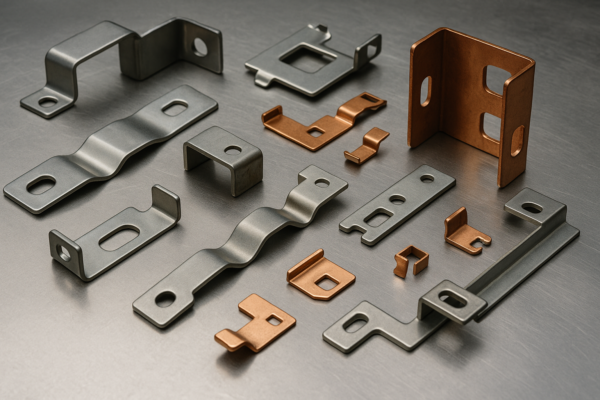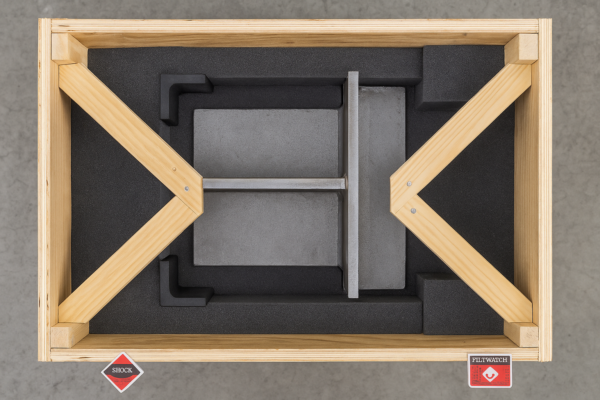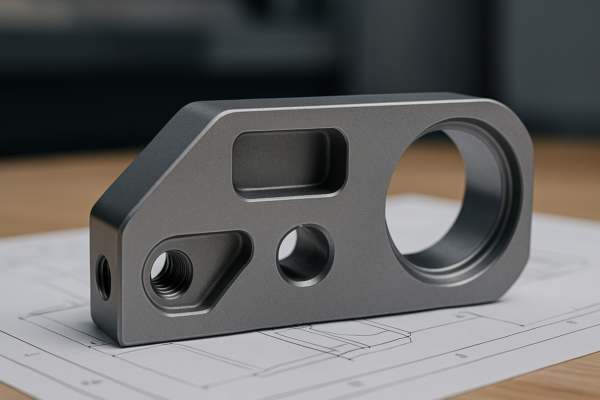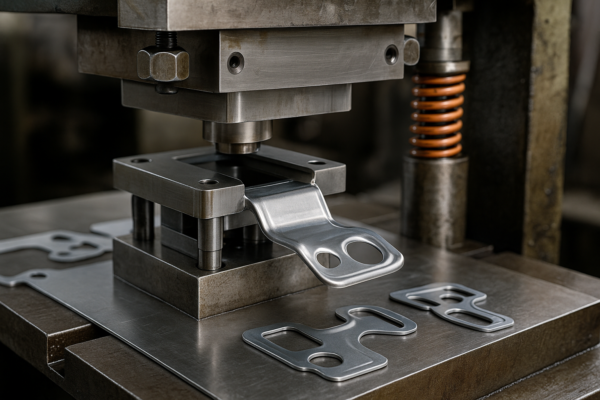What Is the Hardest Metal on Earth?
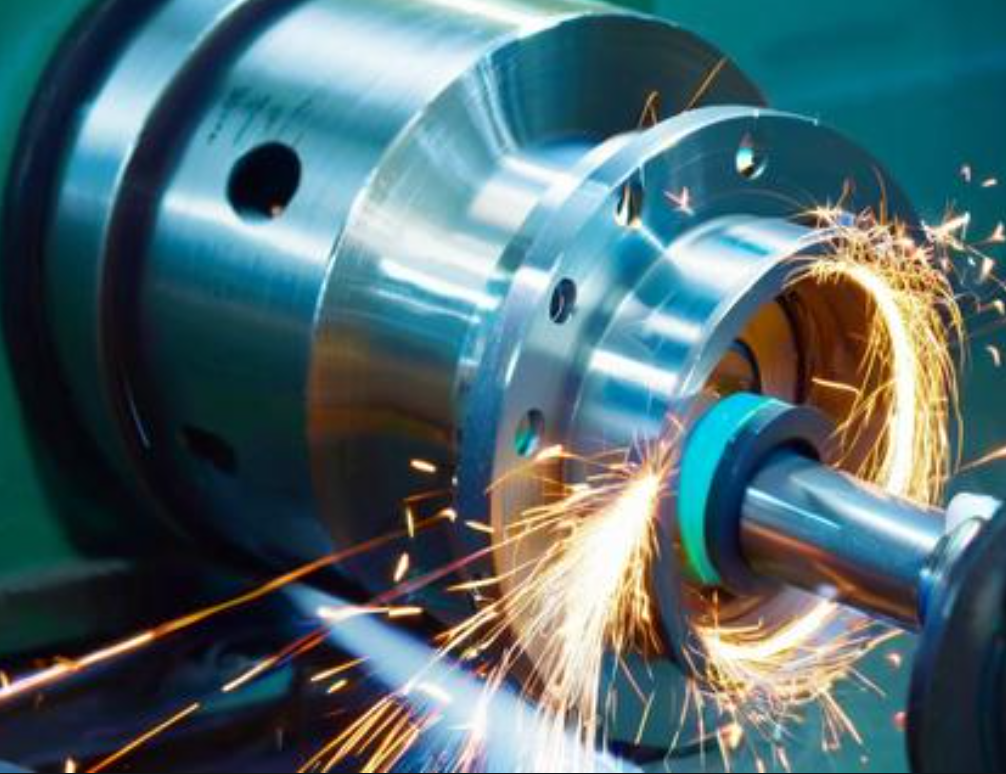
When sourcing industrial materials, hardness often determines a metal’s suitability for extreme applications. In our decades of metal processing, we’ve transformed these super-hard materials into precision components.
Snippet paragraph: Tungsten ranks as the hardest pure metal (7.5 Mohs), while chromium (8.5 Mohs) and tungsten carbide (9 Mohs) are harder but classified as alloys or compounds – each offering distinct advantages for industrial tools and components.
Let’s examine what makes these metals exceptionally hard and where they’re used.
LOOP_START
How Do We Measure Metal Hardness?
Industrial applications require precise hardness measurements to select appropriate materials.
Snippet paragraph: The Mohs scale (1-10) measures scratch resistance, while Vickers (HV) and Rockwell (HRC) tests quantify indentation resistance – with tungsten scoring 7.5 Mohs but 3000HV under load, explaining its industrial dominance.
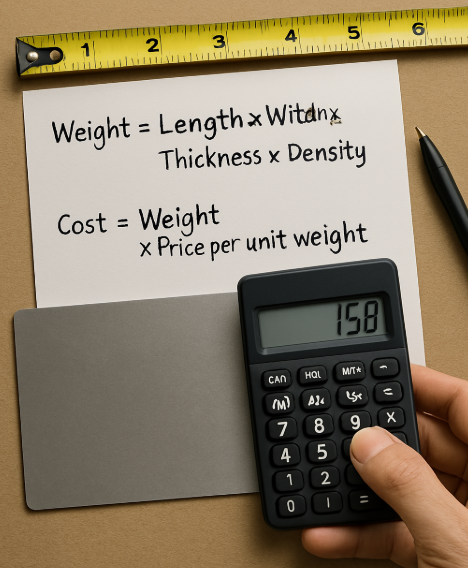
Common Hardness Scales Comparison
| Scale | Method | Range | Best For |
|---|---|---|---|
| Mohs | Scratch test | 1-10 | Fast comparison |
| Vickers | Diamond indenter | 10-3000HV | Precision measurement |
| Rockwell C | Ball indenter | 20-70HRC | Bulk materials |
Industrial Testing Standards
| Standard | Application | Typical Materials |
|---|---|---|
| ASTM E384 | Microhardness | Thin coatings |
| ISO 6508 | Rockwell | Steel alloys |
| DIN 50159 | Field tests | Large components |
Practical Considerations
- Surface preparation affects results
- Test load must match material
- Temperature influences readings
LOOP_END
LOOP_START
Which Hard Metals Dominate Industrial Applications?
Extreme hardness alone doesn’t guarantee practical usefulness – other factors matter equally.
Snippet paragraph: Tungsten carbide (90% WC, 10% Co binder) achieves optimal balance with 9 Mohs hardness, 1000°C heat resistance, and reasonable toughness – making it ideal for 75% of cutting tools and 60% of mining equipment components.

Hard Material Performance Matrix
| Material | Hardness | Toughness | Temperature Limit | Cost |
|---|---|---|---|---|
| Tungsten | 7.5 Mohs | Good | 3400°C | $$ |
| Chromium | 8.5 Mohs | Poor | 1900°C | $ |
| WC-Co | 9 Mohs | Excellent | 1000°C | $$$ |
Industrial Usage Breakdown
| Application | Preferred Material | Why |
|---|---|---|
| Drill bits | Tungsten carbide | Wear resistance |
| Crusher jaws | Hardened steel | Impact tolerance |
| Bearings | Chrome steel | Low friction |
Emerging Superhard Materials
- Cubic boron nitride (9.5 Mohs) for machining
- Rhenium diboride for extreme environments
- Diamond composites for specialty tools
LOOP_END
LOOP_START
How Are Ultra-Hard Metals Processed?
Manufacturing with these materials requires specialized techniques we’ve mastered.
Snippet paragraph: Spark erosion (EDM) cuts tungsten carbide with 0.02mm precision, while laser processing handles chromium alloys – both avoiding traditional tool wear that increases production costs by 30-50% for hard materials.
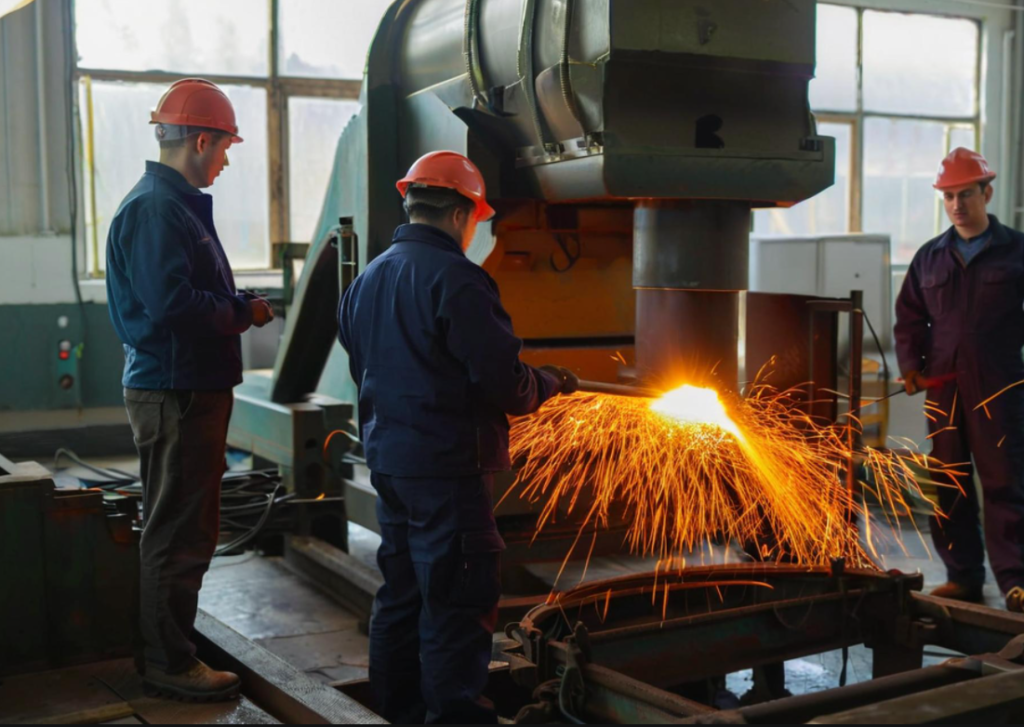
Hard Metal Processing Methods
| Technique | Suitable Materials | Tolerance | Cost Factor |
|---|---|---|---|
| EDM | WC, hardened steel | ±0.01mm | High |
| Laser | Chromium alloys | ±0.1mm | Medium |
| Grinding | All hard metals | ±0.005mm | Very High |
Production Challenges Comparison
| Issue | Tungsten | Chromium | WC-Co |
|---|---|---|---|
| Machining speed | Slow | Medium | Very slow |
| Tool wear | High | Medium | Extreme |
| Surface finish | Rough | Good | Excellent |
Manufacturing Solutions
- Polycrystalline diamond tools for milling
- Ultrasonic-assisted machining
- Hot isostatic pressing for WC sintering
LOOP_END
Conclusion
While several metals claim extreme hardness, tungsten and its carbide form dominate practical industrial applications through optimal property combinations and processability.


